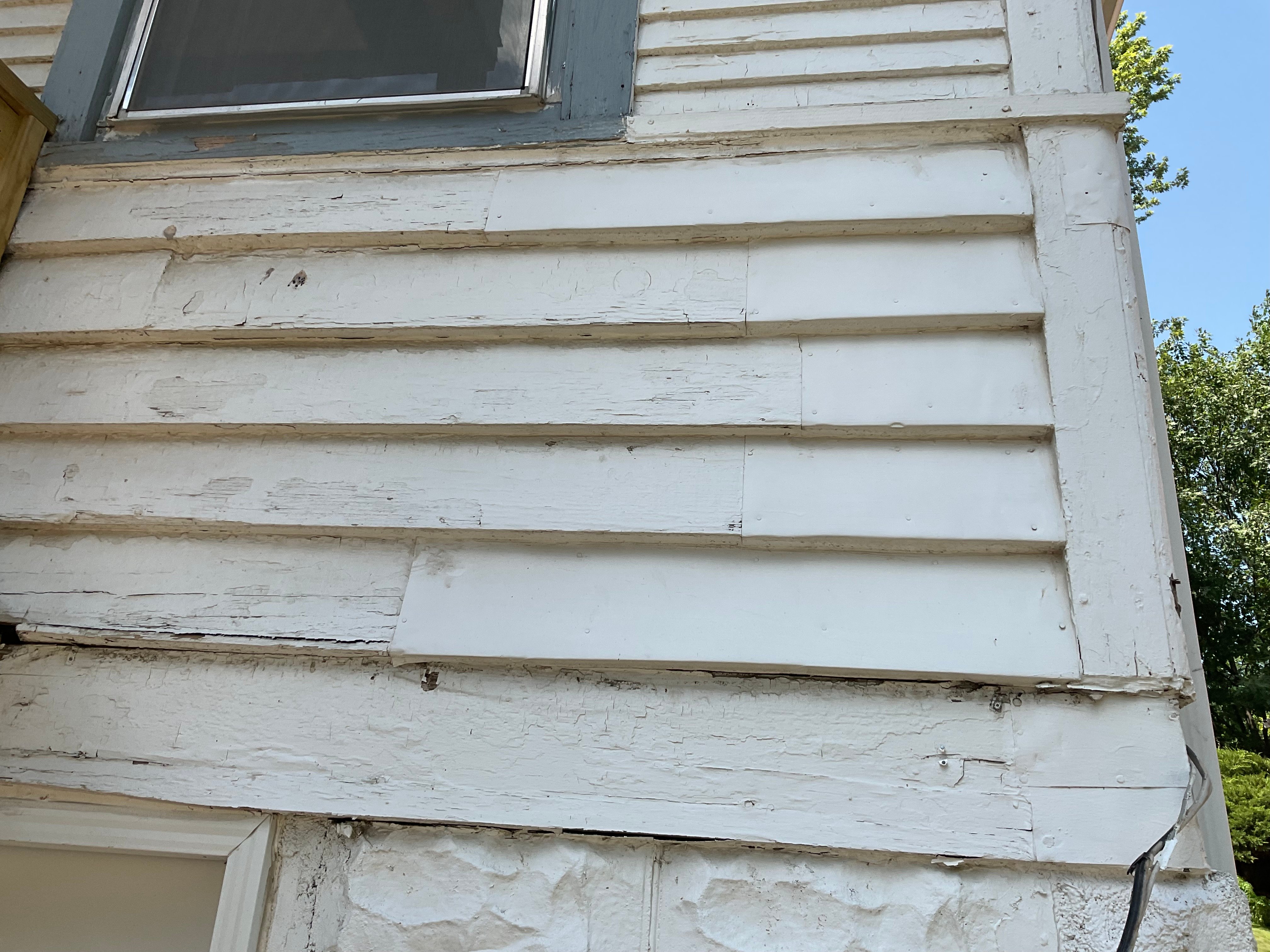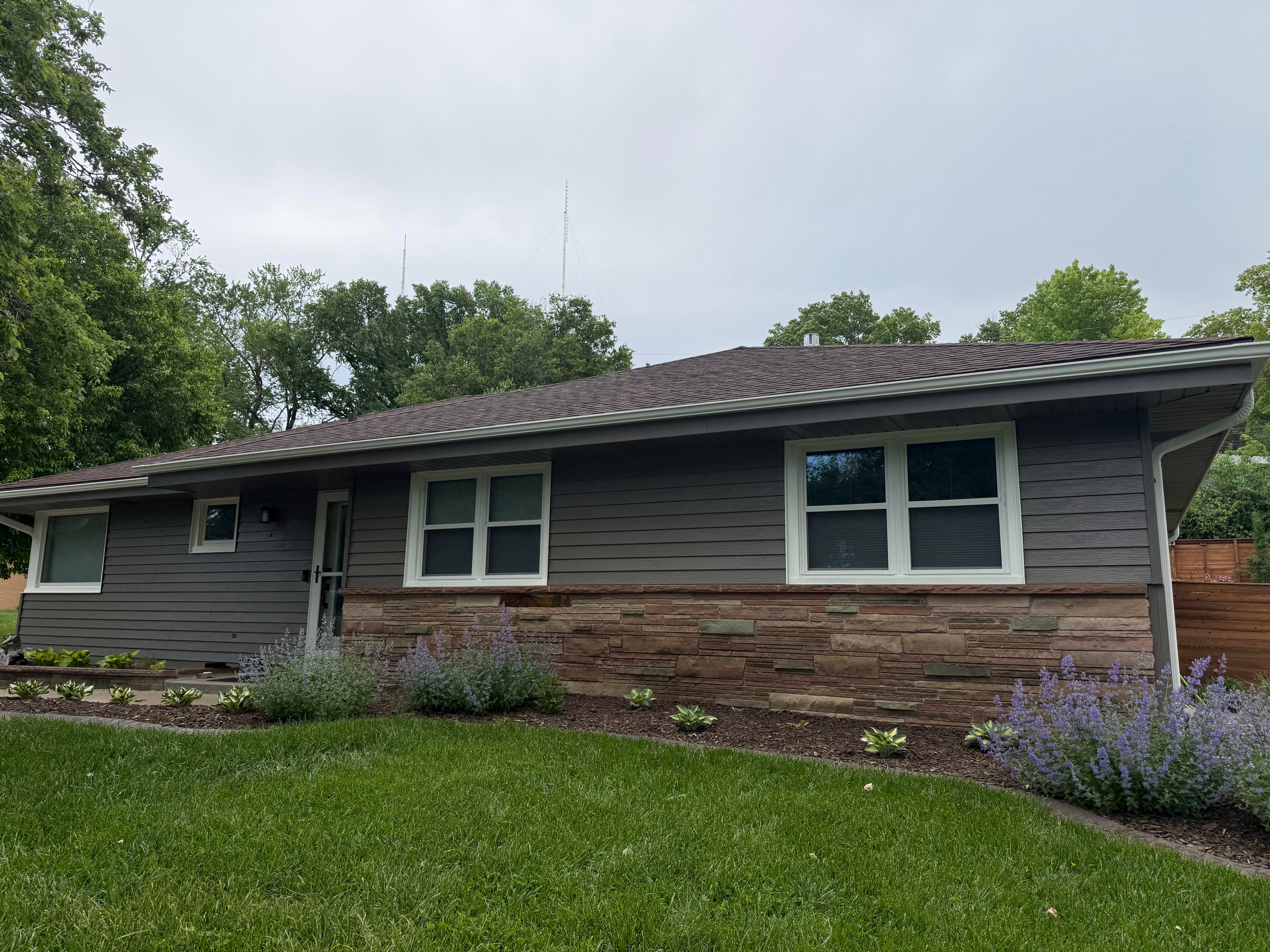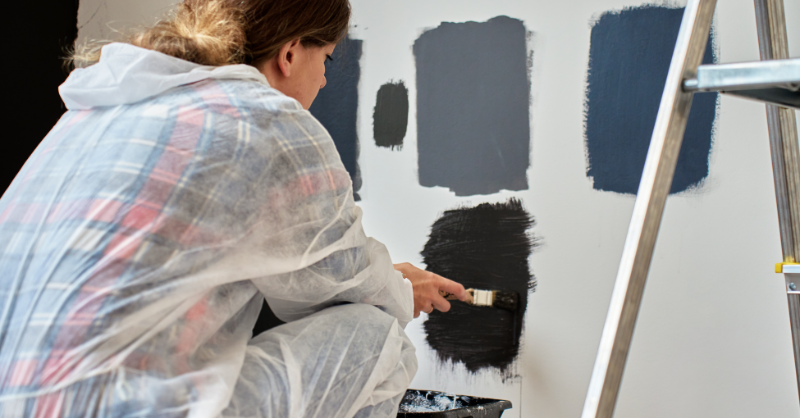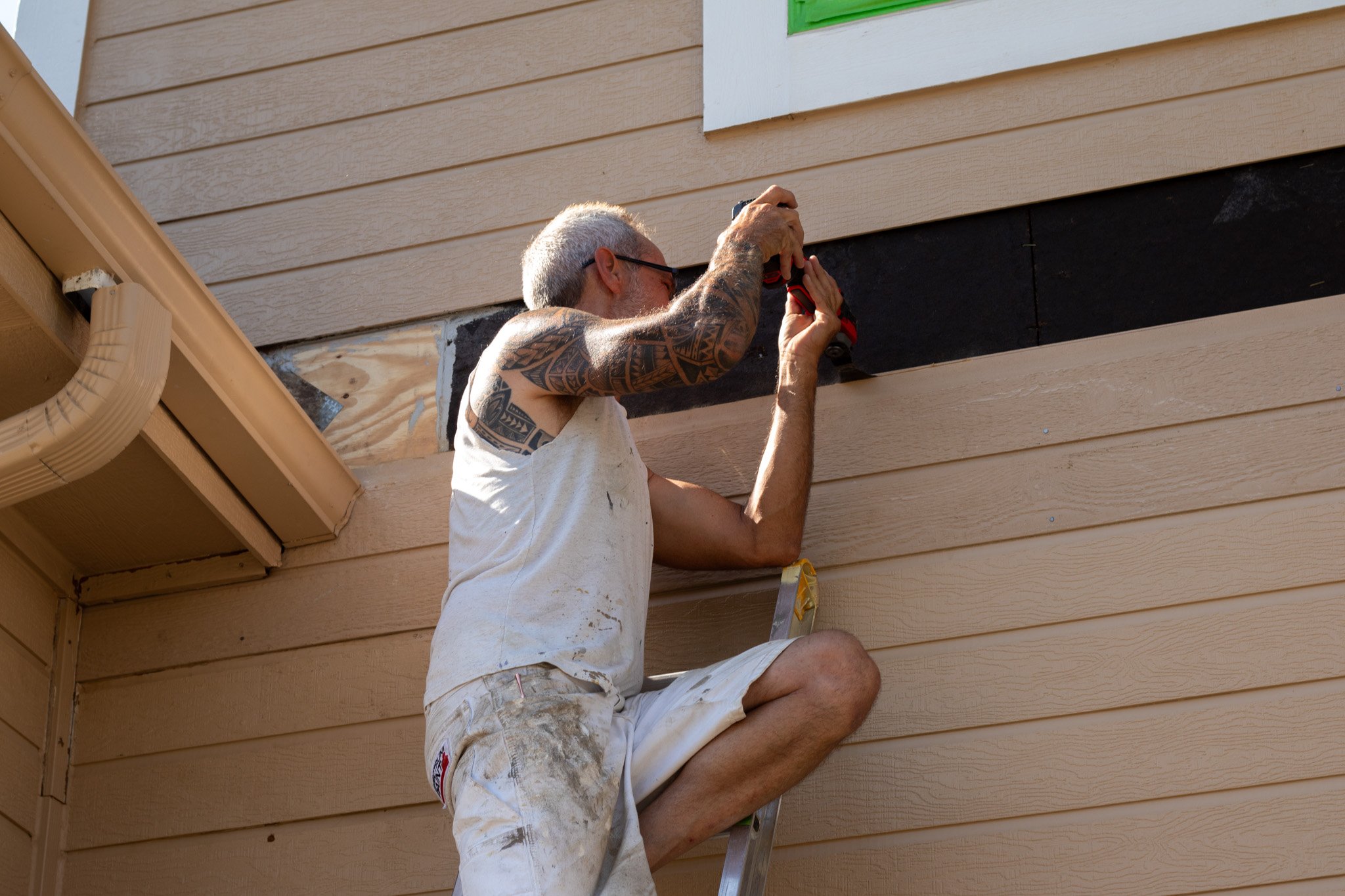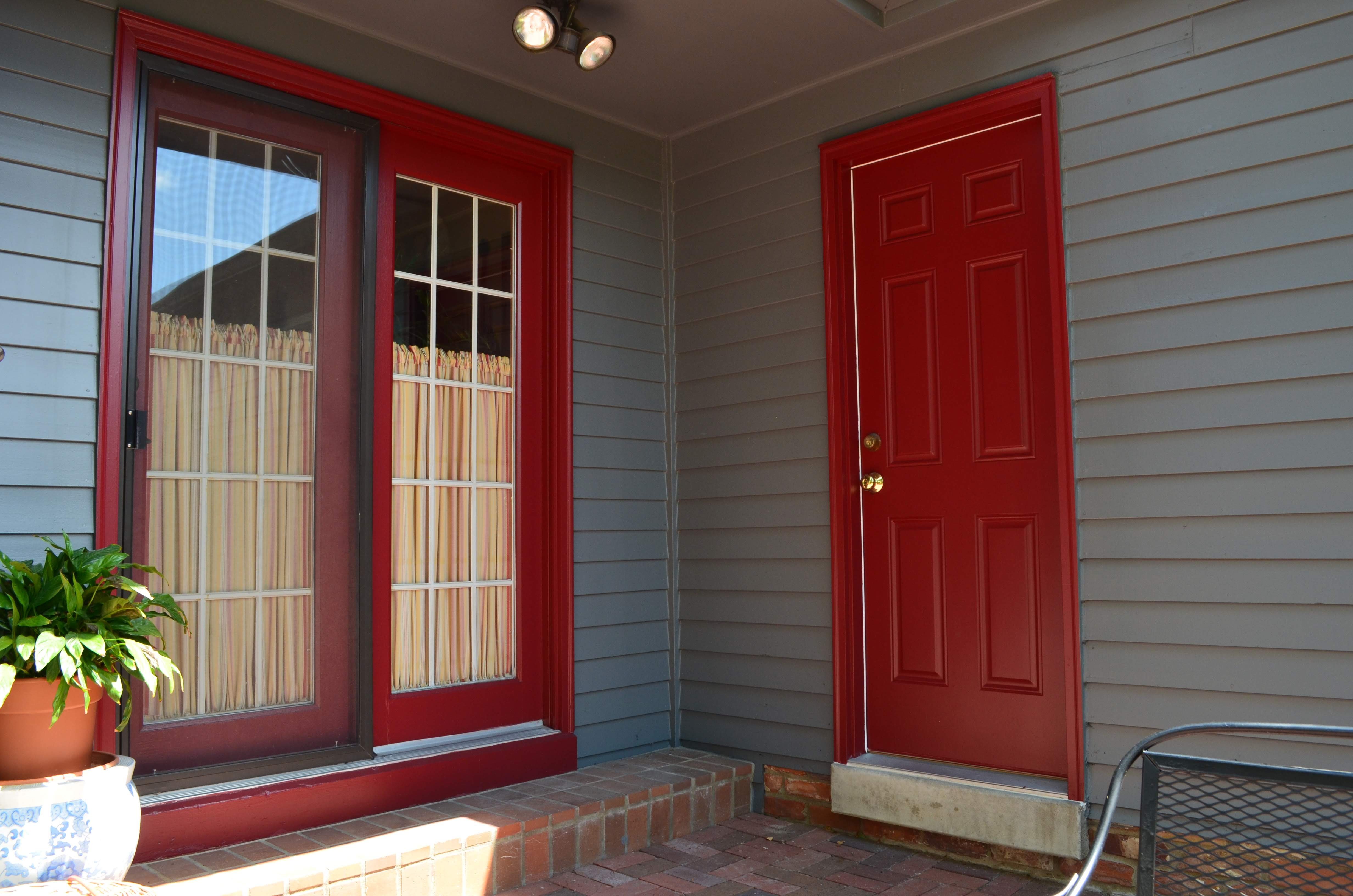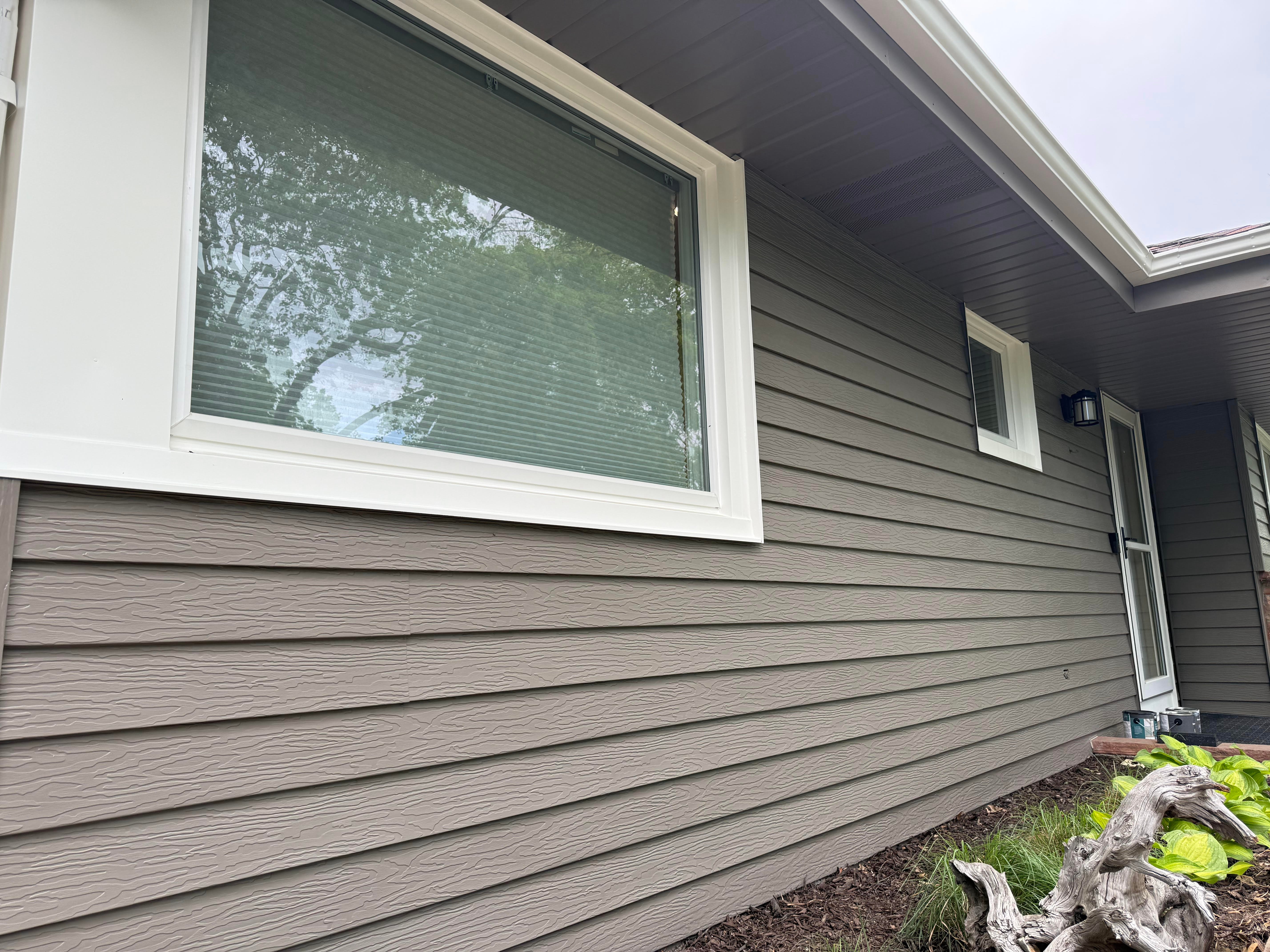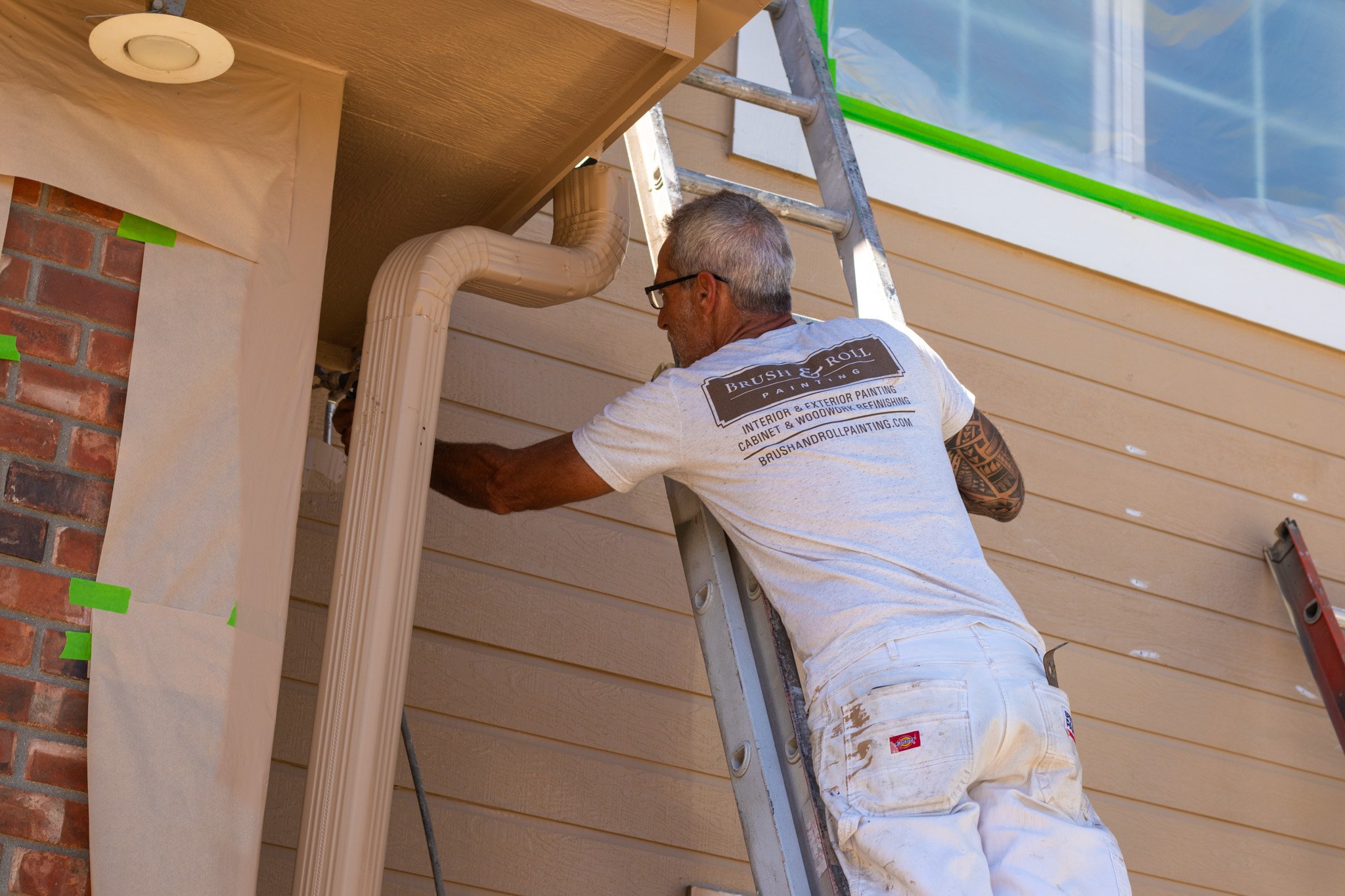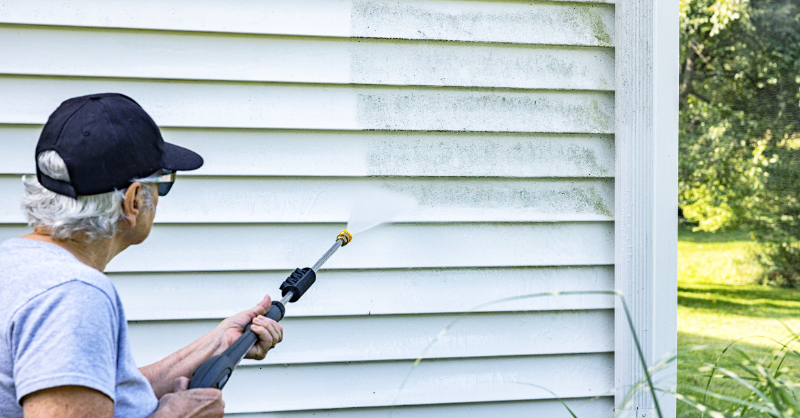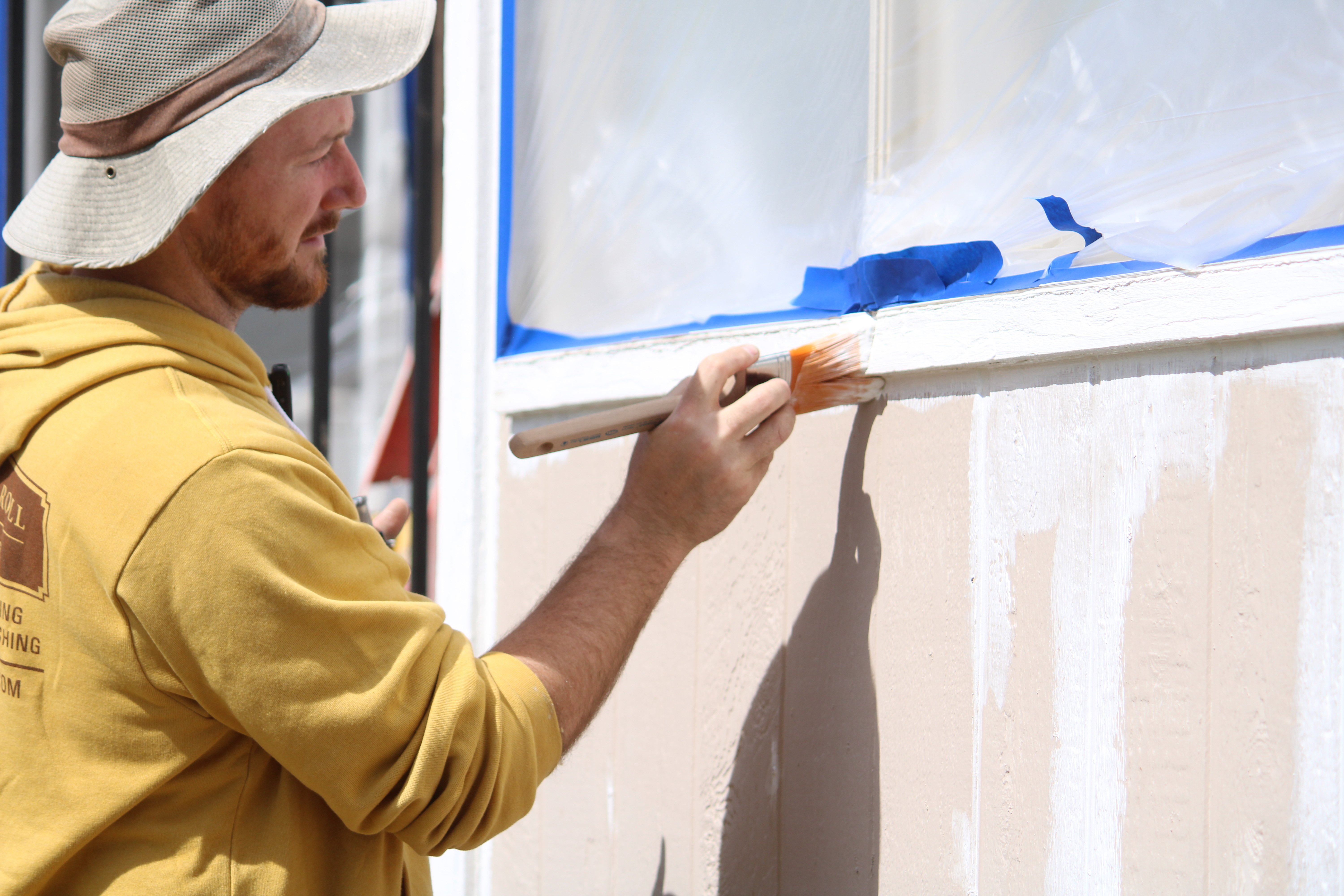5 Common Exterior Paint Problems And How To Fix Them in Omaha, NE
January 21st, 2020
2 min read
By Bill Carlson

5 Common Exterior Paint Problems And How To Fix Them in Omaha, NE
When painting the exterior of your home, you are bound to run into some problems, which can not only cause significant delay in your painting project but also make the overall work significantly more difficult.
Fortunately, you can make sure that these problems are entirely eliminated if you know what you are doing and have the right knowledge as your tool set on your side.
With that in mind, let us now examine and consider five common exterior paint problems and how to fix them in Omaha, NE.
1. The Problem With Chalking
Occasionally you notice that there appears to be a strange powdery substance on the exterior of your home which almost always has a rather unpleasant appearance.
This powdery substance is commonly called chalking and is caused by the ingredients in the paint on the house breaking down chemically and is often exacerbated by environmental issues.
It can also come about when the house was not properly primed prior to being painted, and when the person who painted the home thinned out the paint (perhaps in an effort to make a little go a long way) or even spread the quantity of paint on hand too thin.
The best way to handle chalking is to take a good cloth or a trucker's brush and to strongly scrub the surface of the home with a mixture of laundry detergent of all things and water.
It is sometimes necessary to further use a tri-sodium phosphate solution to clean up heavy chalking issues, and then once the surface is entirely dry to apply a fresh coat of paint.
2. The Appearance Of An Alligator
When the surface of your home looks to be more like an alligator than anything else, this is called alligatoring and is a definite sign that your home is going to need some hard work to get it back up to looking right again.
The first thing you will have to do is to scrape the surface of the home wherever you have the alligator-like appearance, and then sand it, filling in where needed, following with a coat of primer paint and then your standard coat of paint.
3. Blisters On Your Home
If you find yourself with a home covered in blisters or what appear to be blisters, you might be in for more work.
There are several things that cause blisters including poor preparation and application of paint in too hot of a temperature.
The solution to blistered paint is basically to scrape and sand until you are left with bare wood, and then to prime the surface and use a good quality latex paint to paint your home.
4. Sad Sagging Paint
You will know the paint on your home is sagging when it has a drooping appearance.
Several things can cause this sagging including painting when it is too cool or humid outside and putting too thick of a coat of paint on when painting.
The good news is that sagging paint is not too difficult to deal with — the surface has to be well sanded, and then repainted.
5. Mildew Issues
Mildew is unmistakable — you will know it when you see it — and its causes are almost always to while wearing proper eye and hand protection in the form of goggles and gloves, scrub the surface using a solution of one part bleach to three parts water.
Once you do this, you can wash with water, wash it with a good detergent solution, and then wash once more with water.
Once the affected areas are dry, you can paint anew with quality latex paint.
If you would rather hire a professional to help you with exterior paint problems in Omaha, NE, our team at Brush & Roll Painting can help.
To get started with us, book a FREE estimate below or call us on 402-932-9764 for more details.
Related: Hiring a Painting Contractor in Omaha, NE – 5 Things To Look For
Crucial Tips For Your Next Interior Painting Project In Omaha NE
Interior Painting Omaha, NE – Paint Color Ideas
Bill is the owner and operator of Brush & Roll Painting. Bill Carlson is a second-generation painter. He grew up working with his father’s painting and restoration company. After graduating from Bennington High School, he served in the US Navy, traveling with the boxing team. While this was a great opportunity to see the world, it also made him realize how much he loved his little world here in Nebraska. He settled back into the painting industry, working with his brother. It wasn’t long before Bill’s entrepreneurial spirit pushed him to start his own business. Always one for a challenge, he longed to prove to himself that he could be as successful on his own as both his dad and brother were.
Topics:





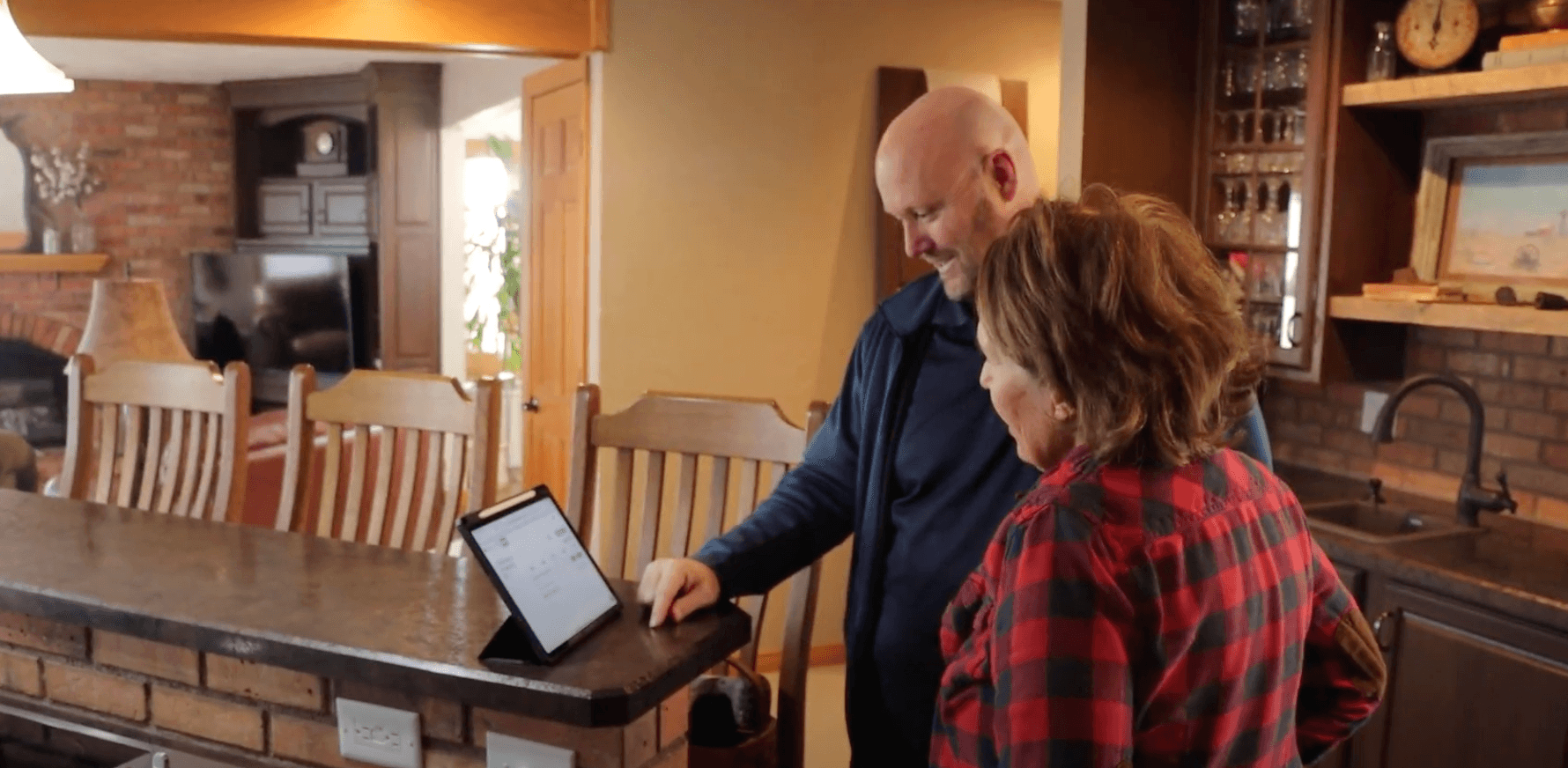
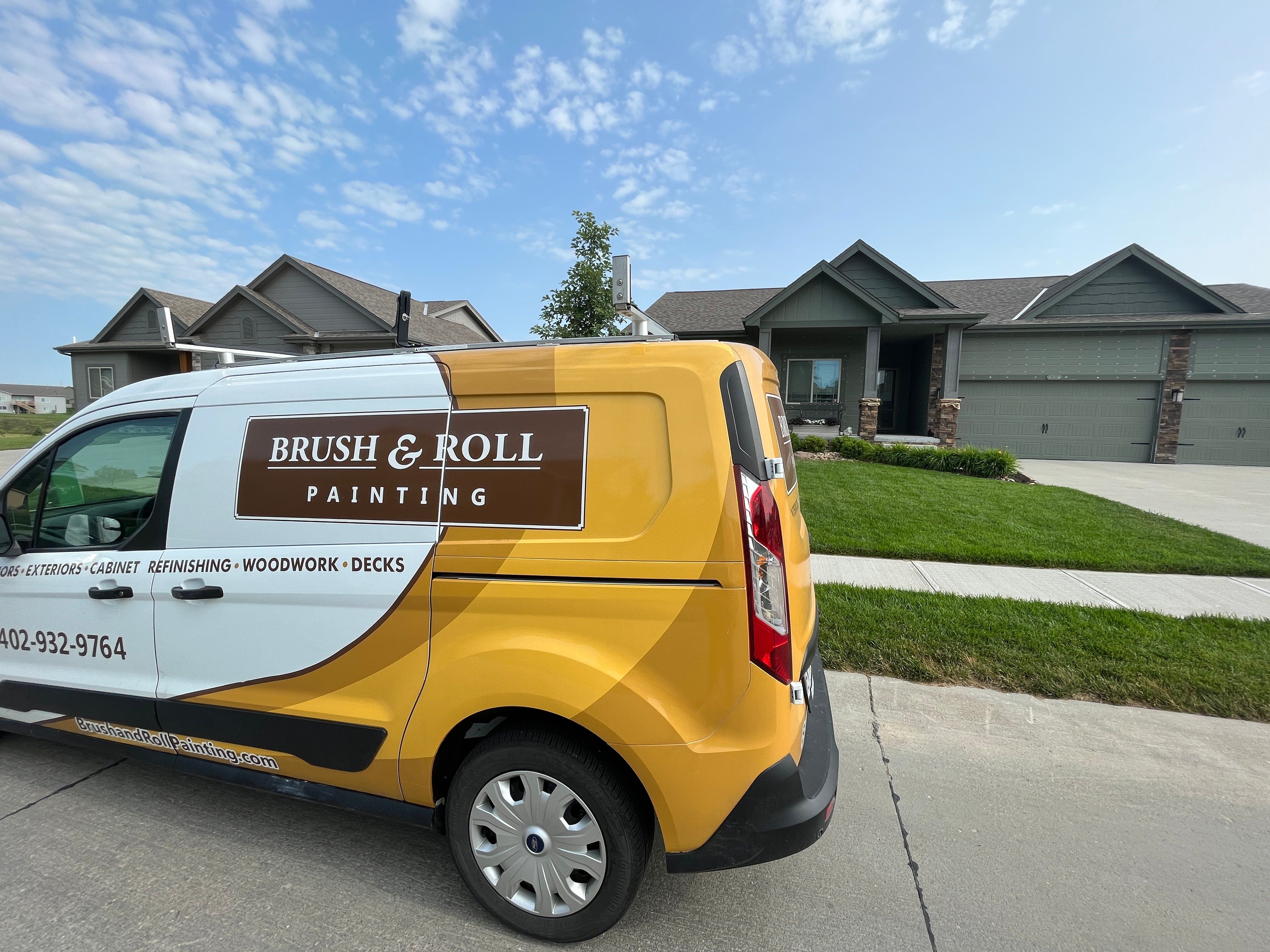
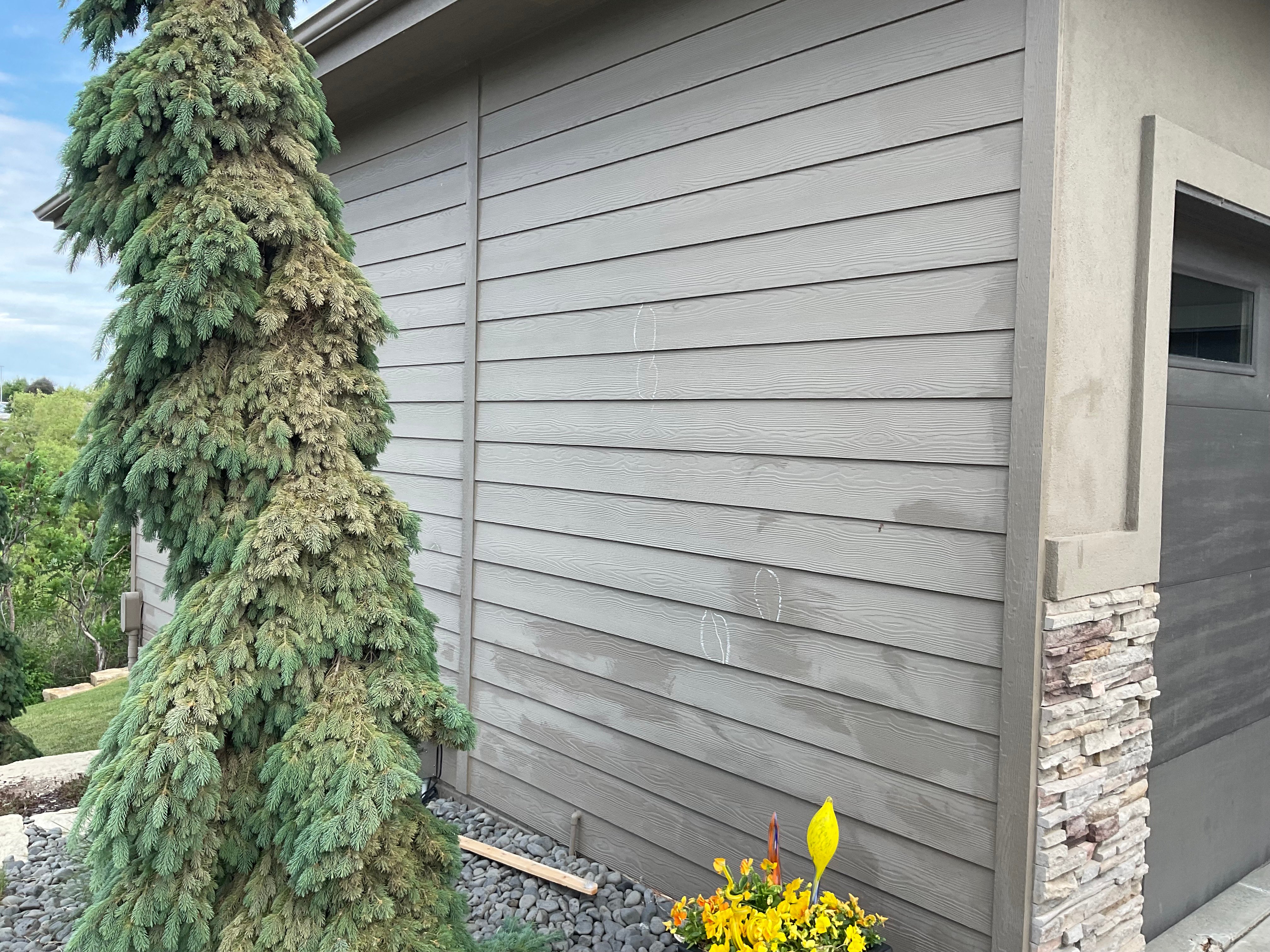
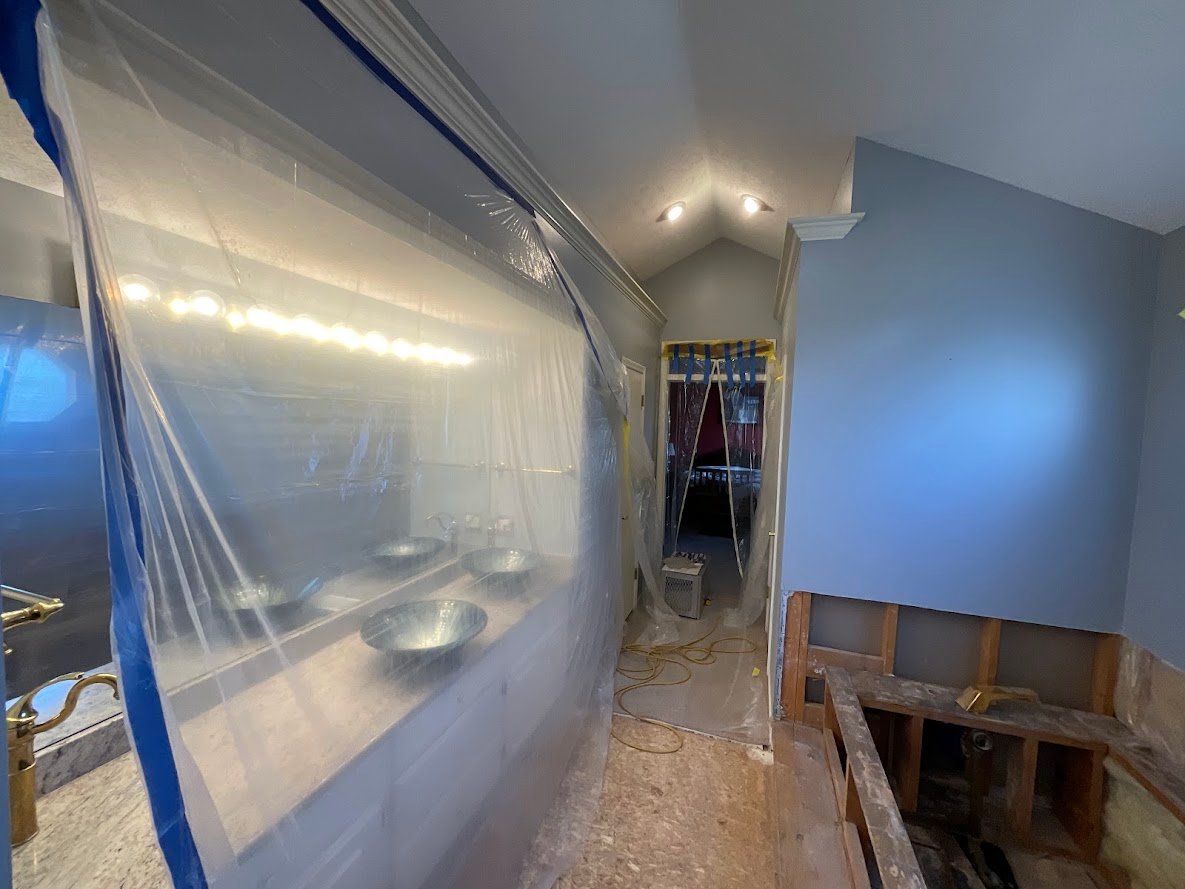
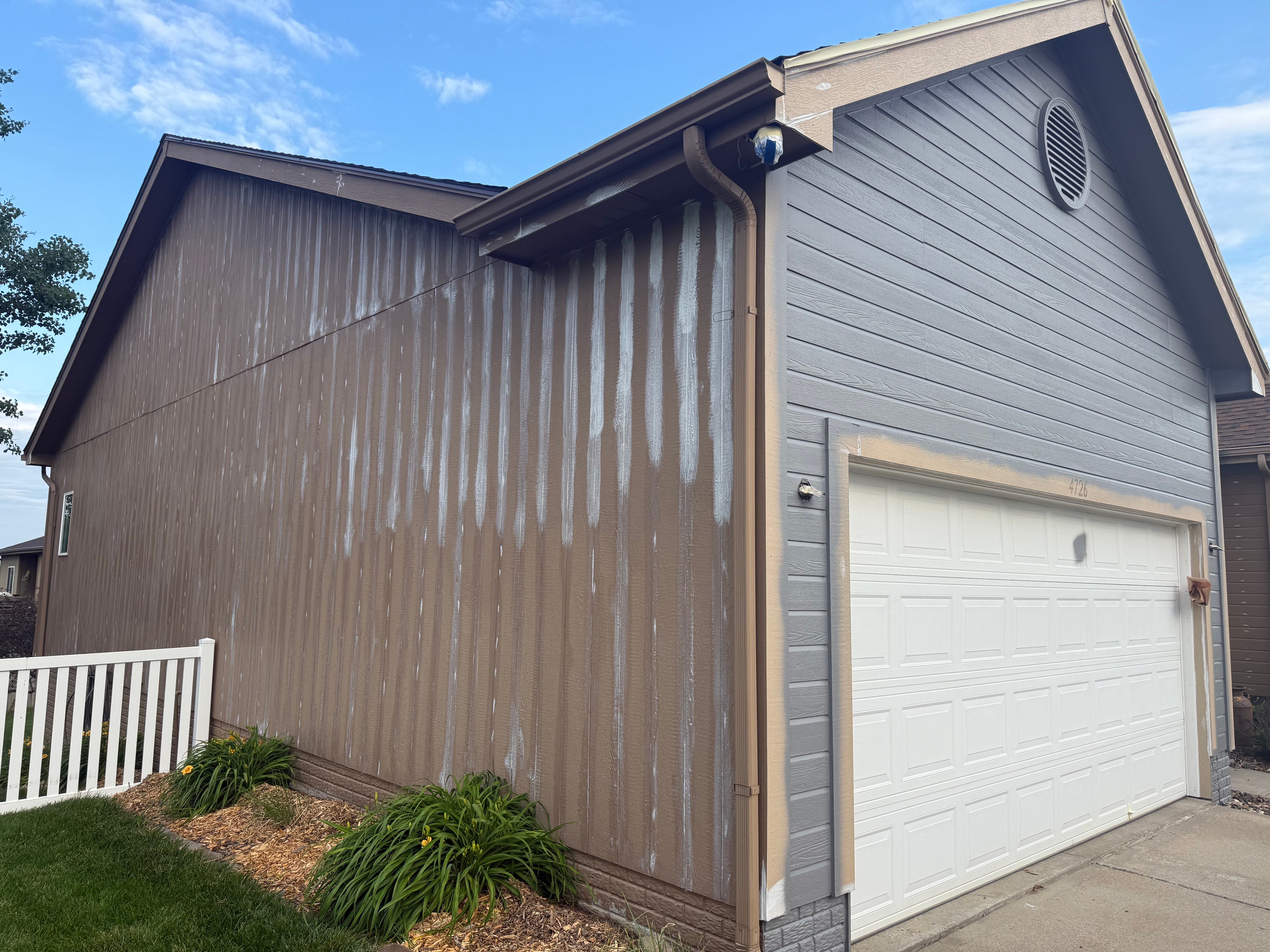
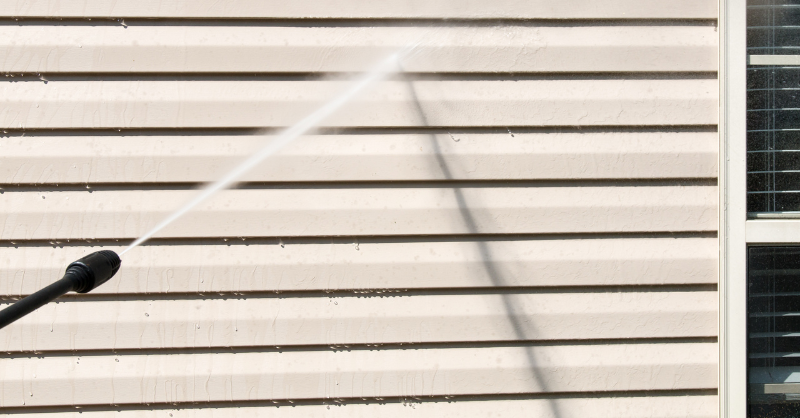
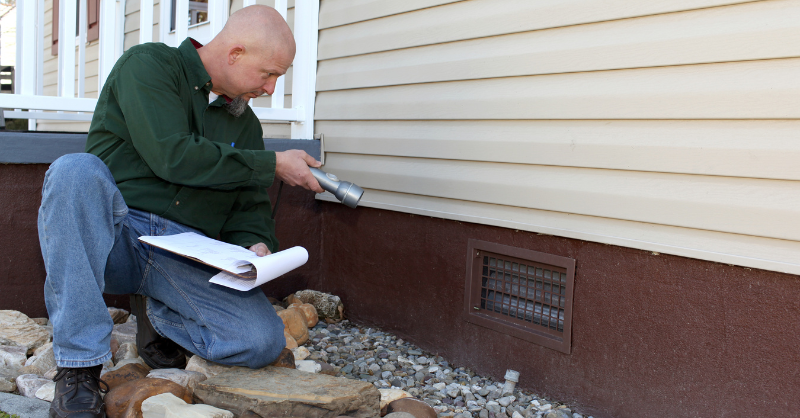
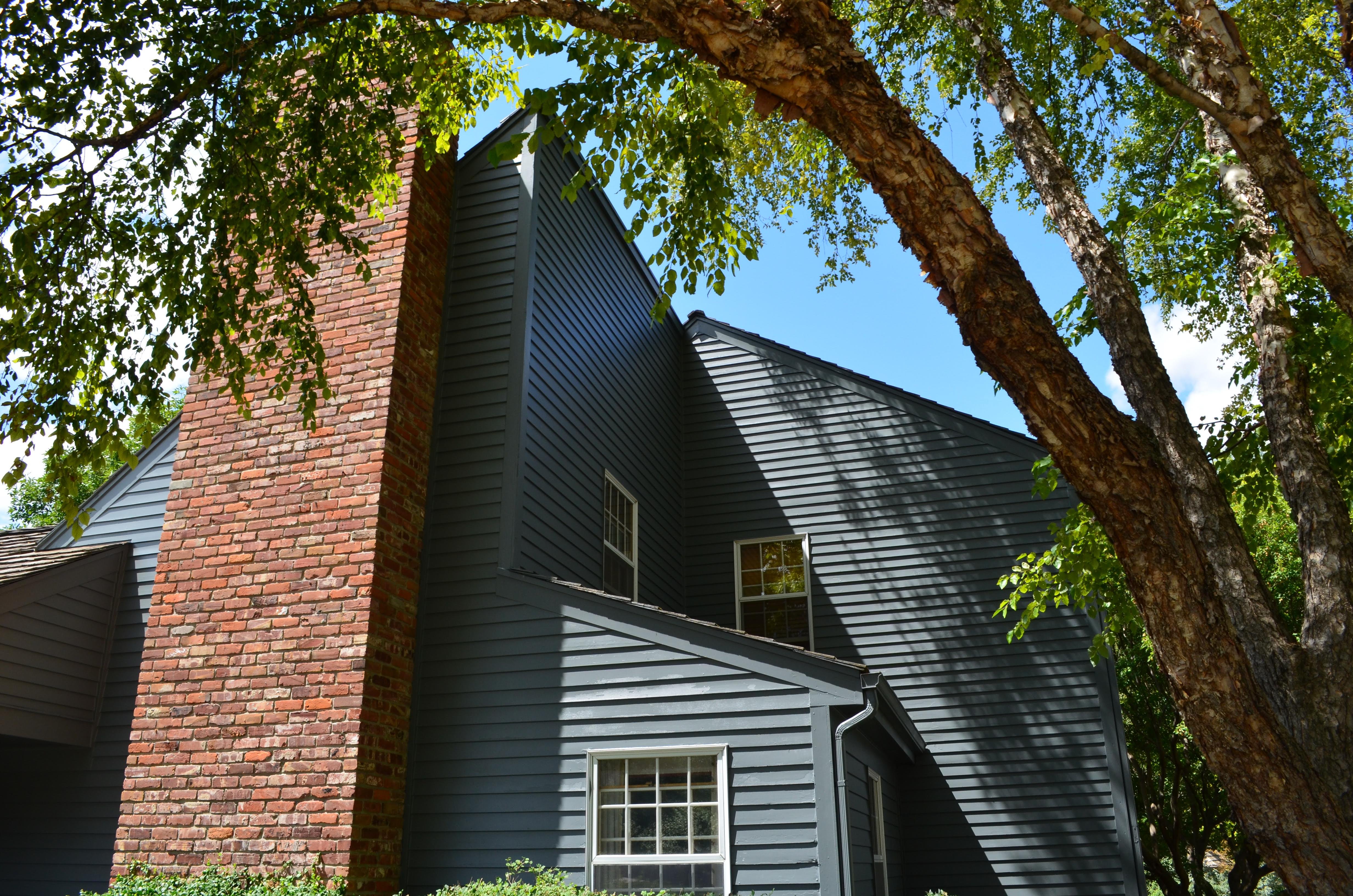
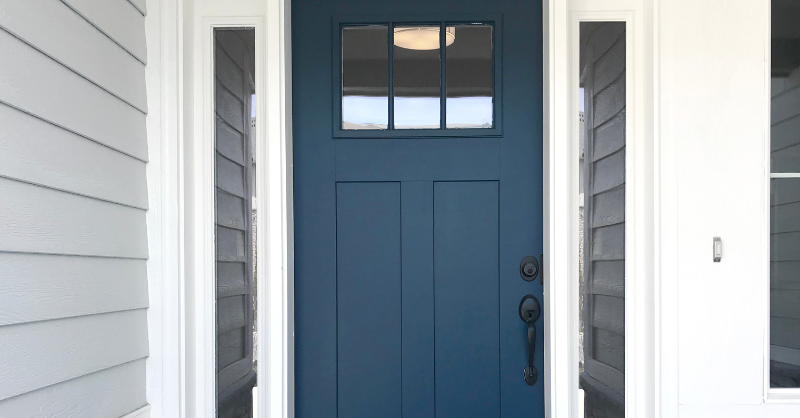
-Jul-21-2025-01-36-44-6117-PM.png?width=800&height=418&name=Blog%20Post%20Image%20Size%20(1)-Jul-21-2025-01-36-44-6117-PM.png)
